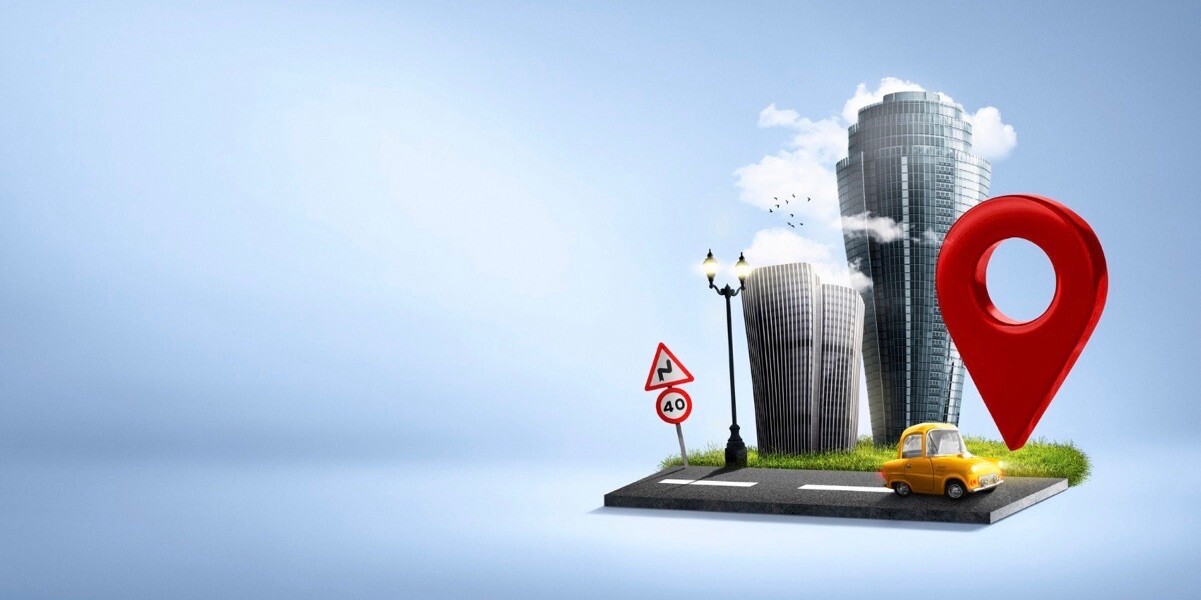
Geofencing: How to Reach Locally Selected Audience via CTV
The pursuit of successful business development is a never-ending process. Even when it seems that all approaches to promotion in the OTT/CTV environments have already been developed, advanced technologies serve as a breath of fresh air. They allow marketers to get to know their customers better and interact with them more closely.
What tool can they use to achieve this aim? Amid the effective ways of targeting in OTT and CTV in particular, geofencing comes in handy. It is far from being an innovative technology but has already become all the rage.
Let’s shed light on the salient features geofencing provides and find out the golden rules of its effective implementation
What Is Geofencing
Literally, the geofencing definition encompasses targeting people at a predetermined virtual zone. Both potential customers and loyal users can be reached across CTV devices.
For business owners, the technology is an ad hoc tool as it allows them to reach out to the targeted audience in the selected area and engage with them more effectively.
How to geofence?
Advertisers display their ads to residents in households in the targeted zone. They get personalized messages about discounts and other business updates from cafes, boutiques or other brick and mortar stores located in the neighborhood.
What about visitors who enter this area now and then?
Since people get into their point of interest, they emerge a relevant audience for advertisers. The latter can differentiate viewers and avoid pouring out ad budgets pointlessly. Hence, geofencing allows showing visitors of the area personalized ads when they drink coffee with friends, have appointments and resolve other issues. At the right time and the right place, both users in the household and users in POI watch commercials and get warmed up for conversions.
Geofencing is a win-win solution as it’s always possible to let customers know about tidbits your business offers. Even when they have meals at the restaurant, they get messages about discounts from your business. And the tool remains effective whether you promote gadgets, cleaning services or other products.
Understanding Its Effectiveness
Geofencing serves as a link between the offline and digital world. It helps consumers find desired goods and services located within walking distance. With the pandemic outbreak, the importance of geofencing couldn’t but increase that also resulted in skyrocketing spend on this targeting tool. Businesses intensely reallocated their ad budgets so that geofencing advertising reached 69.17% growth in late May. It helped numerous companies keep afloat by successfully blazing their trail to the CTV and OTT landscape. What makes this technology lucrative?
Tangible Benefits Geofencing Brings About
It’s time to dig deeper and reveal all the nitty-gritty about geofencing targeting as a successful marketing tool.
In Greater Detail
Unlike geotargeting, geofencing advertising doesn’t rely on zip codes but gets specifically to the buildings, parks, and other selected areas. With proper privacy options set by users, it’s possible to track their mobile devices (utilizing GPS signals and/or wifi access), as well as to map DOOH or personal CTV devices to public places or households respectively To say, advertisement becomes more granular and reaches only interested in the product people.
Personalized Messages
Instead of running big ad campaigns that cover large audiences, it’s profitable to narrow them down. As addressable geofencing is more personalized, marketers can tailor their messages to enhance viewers’ desire to order a service or buy some product located nearby. So, this approach helps brands steer up customers’ interest and thus focus on the proper buyers’ needs.
Spheres of Use
Addressable geofencing helps businesses cope with multiple tasks when displaying their ads on CTV and OTT. Thus, marketers can build brand awareness, engage with their existing audience, reach new customers and many other goals. Does this technology fit business of any sizes and spheres? The answer is yes. There are no limits. To dispel any doubts, the following is a list of ideas on how to use geofencing due to the type of business activity.
Taxi Service
Showing ads of the quick access to the taxi service on the screens not only at households but also malls and other public places are beneficial for both users and service owners. And especially when people can get a car in a click. What really matters – this commercial is relevant and brings the return on investment.
Restaurants & Events.
In this field, any business will inevitably win applying geofencing. Targeting audiences prone to visit concerts as well as try out new menu items in the chosen location brings about high cost-efficiency. The tricky point is business owners can reach competitors’ customers effortlessly and legally.
Restaurants & Events.
Medical & Healthcare
Advertisers may remind about annual screening or check-up and inform about vaccines before the flu season. Both pharmaceutical companies and health care services can apply geofencing equally efficiently.
Real Estate
Geofencing is a win-win option for anyone who wants to buy, sell or rent properties. This tactic provides information and harnesses awareness of the existing alternatives in the chosen location.
Real Estate.
Home Improvement & Utility Providers
Companies can offer their services to the residents in their location. In case of malfunctions, they are more prone to call the familiar companies nearby than search for ones from other neighborhoods. Also, businesses can display ads with updates or new regulations.
And One More Thing
The effectiveness of geofencing enhances when applying it along with cross-device targeting. For instance, users can watch commercials about coffee machines at their homes. When they enter or pass by coffee shops, ads notifications may remind them about the idea of making and enjoying a cup of their favorite drink in the comfort of their homes.

